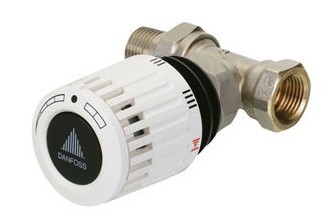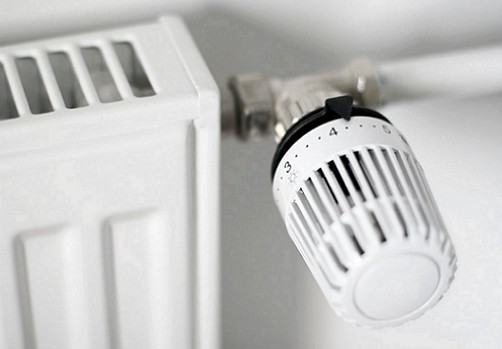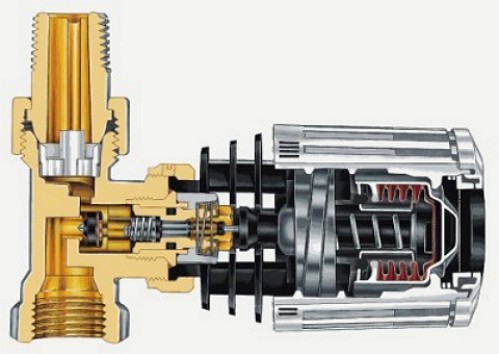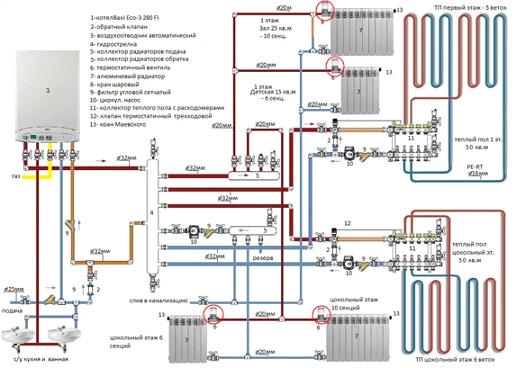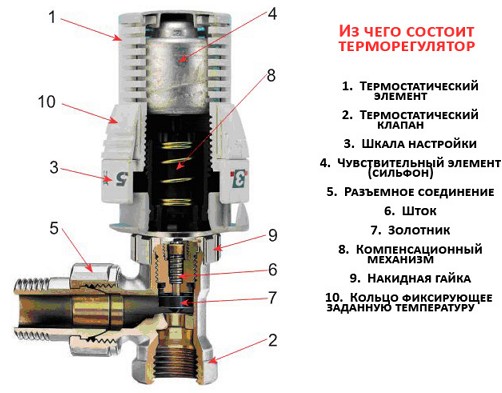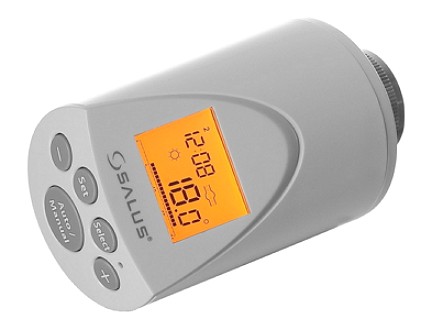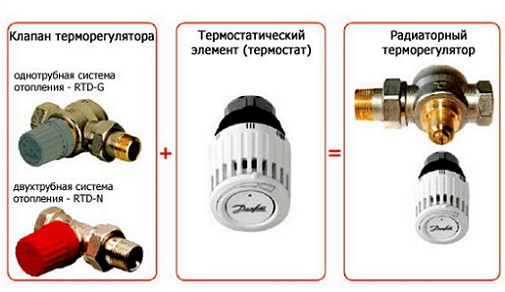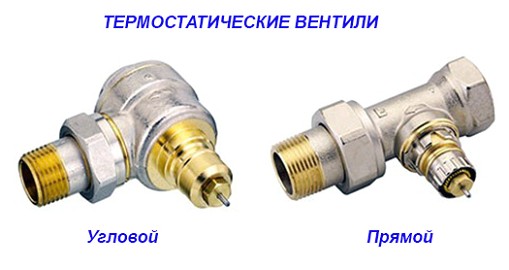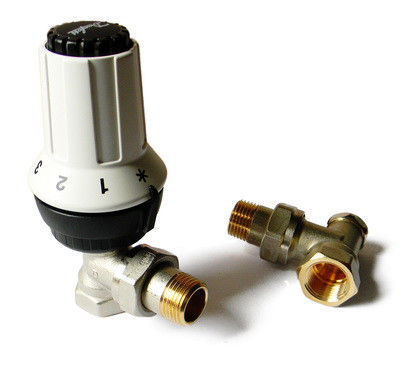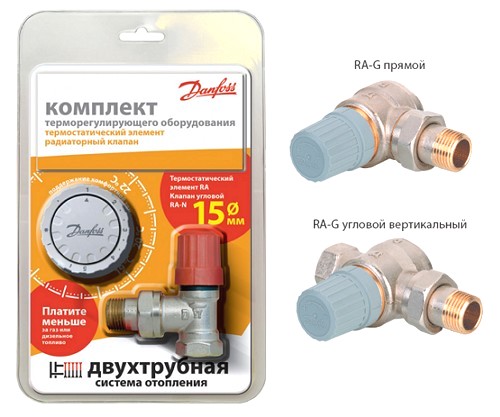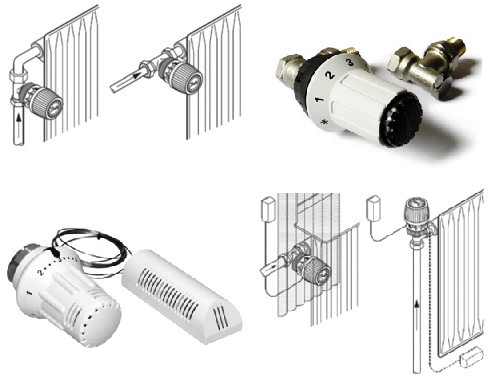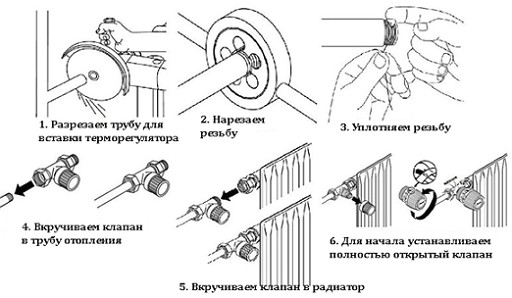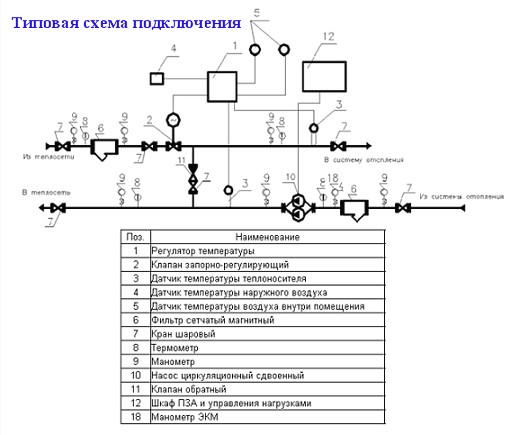With the onset of the cold period of the year, we are carefully prepared for the heating season. I want to warm up on long winter evenings, but growing tariffs for heat carriers do not fit into normal desires at all. The installation of the thermostat will save material costs by hand, and the correct choice of the device will ensure the desired result.
The thermostat of radiators, what is it?
principle of operation, basic elements and types
The energy efficiency of the heating system depends on a number of factors, among which the thermoregulator of heating batteries is given special significance. It is noted that the correct installation of thermostats on heating batteries is a guarantee of temperature control in a residential area, which entails economical use of heat resources.
It is recommended to choose temperature regulators by preliminary calculation and certain parameters. However, a modest device requires some basic knowledge, allowing you to familiarize yourself with the principle of operation and make the correct installation. The internal arrangement and principle of operation of temperature regulators is based on the physical properties of liquids and gases to change the volume in closed systems.
The thermostat consists of the main elements - the valve and the thermostat, which are actuators connected by a locking mechanism.
The device is selected according to the following criteria:
• Strength characteristics, ensuring reliability of mounting the thermostat
• type of heating system, circuit and installation conditions
• Throughput and sensitivity of the device
• the ability of the device to respond to changes in temperature conditions.
There are thermal controllers for heating batteries mechanical and electronic.
mechanical (manual) thermostat
Thermoregulator mechanical consists of the following elements:
• thermostatic element
• thermostatic valve
• the temperature-sensitive element
• Compensation mechanism
• adjustment scale
• union nut
• Spool
• the stem.
By selecting the thermal head and the valve, you can study the circuit, how the thermostat on the battery works.
Helpful Tips
Recall that distinguish between mechanical thermoregulators for heating batteries, the price of which forms the filling substance of the thermosensitive element. The solids of the thermosensitive element - ozocerite, stearin and paraffin have a high thermal inertia, which makes the operation reliable. Thermoregulators with a solid filler are cheaper, compared to an oily liquid, alcohol and liquefied gas. The only drawback of "mechanics" is the sensitivity of the mechanism to the effects of sunlight and the closely spaced thermal contours of other aggregates.
On what parameters it is necessary to choose a thermal head for radiators of heating, it is shown here.
electronic (automatic) thermostat
Electronic (automatic) thermostat is a more perfect device. The principle of operation of automatic temperature regulators is similar to the principle of operation of mechanical devices with a difference in methods of control.
Programmable devices are able to control the temperature regime of the radiators and answer the question: "Is the thermostat required for the battery?" Yes I need it! In addition, the scope of use and application of programmable thermostats does not limit the radiators of heating. The developed and tested algorithms for automatic thermoregulators ensure the efficiency of circulation pumps and heating boilers. The function of the thermostats of automata includes control over the temperature of the coolant.
Helpful Tips
Select the automatic controller is recommended taking into account the element base and interface of the device. The main element of the electronic device is a temperature sensor that captures information about the temperature mode and the built-in scheduler.
All information is available for observation on the display. When choosing a thermostat, it is recommended to check the conformity of the valve size and the pipeline. Let's say that for a single-pipe system the type RTD-G is used, and for a two-pipe type RTD-N type. It is more preferable and more profitable to purchase a thermostatic set consisting of a thermal head with M28x1.5 thread, a TS-90 valve that does not require hydraulic adjustment, a check valve RL-1
ways to connect radiators and valves
All models of temperature controllers are subject to the standard method of connection and connection. Connection is carried out by Rp ½ "x R ½". For example, the HERZ TS-90 gate valve DN 15 is designed for a radiator having a cone-cone seal.
The universality of the model lies in the availability of a special coupling for fittings and pipes. Therefore, when selecting, make sure that the connection method is suitable for the radiator of the batteries in the house. By the way, installing thermostats makes sense for steel, aluminum or bimetallic radiators.
The principle of the thermostat is presented in the video.
selection of thermostats by hydraulic calculation
The selection of the thermostat is preferably done by hydraulic calculation with the use of the characteristic - throughput.
The characteristic parameter of the capacity of the temperature regulator is determined by the volume flow of water (m3 / h) with a density of 1000 kg / m3, which passes through the thermostatic valve at a pressure drop of 1 bar (105 Pa). You can find out the parameters of the thermostat in the characteristics of the passport on the device. For example, for single-pipe heating systems, it is preferable to install a valve with high flow capacity and low hydraulic resistance.
The marking will be as follows: DANFOSS - RA-G, RA-KE, RA-KEW.
Naturally, for proper operation of the thermostat in the radiator circuit, the correct installation is necessary. This means that the thermostatic head is installed horizontally in the place of the radiator, where the air temperature corresponds to room temperature. If this is not possible, a thermal head with a remote capillary sensor should be used.
Mounting the thermostat, how to produce
Thermostatic valve fittings from the manufacturer are standard. The diameter of the connecting fitting of the radiator of the battery corresponds to the typical diameter of the RTD-N or RTD-G thermostat.
stages of installation
Before installing the device, the heating system standstill is switched off and the coolant is discarded. Then prepare the installation site: cut off and disconnect the existing connections (tap, pipe) to the radiator. For a single-pipe system, a jumper is installed between the tap and the coolant supply.
From the shut-off valve and the valve of the device, detach the shanks together with the union nuts. Pipe tying is made anew: the device is installed at the calculated installation site. The piping is connected with pipe horizontal liners using couplings and lock nuts.
what you need to remember
During installation, it must be remembered that the correct installation supports the possibility of locating the axis of the thermostat horizontally with the possibility of free access to room air. The direction of the arrow on the thermoregulator housing must correspond to the direction of the working flow of the coolant.
bright future of thermostat
Good news! While we were studying the possibilities of mechanical and automatic thermostats, now you can control the heating in the house using a programmable thermostat, and the free "drones" of GooglePlay and AppStore will control the heating system from a smartphone or computer using a browser.


